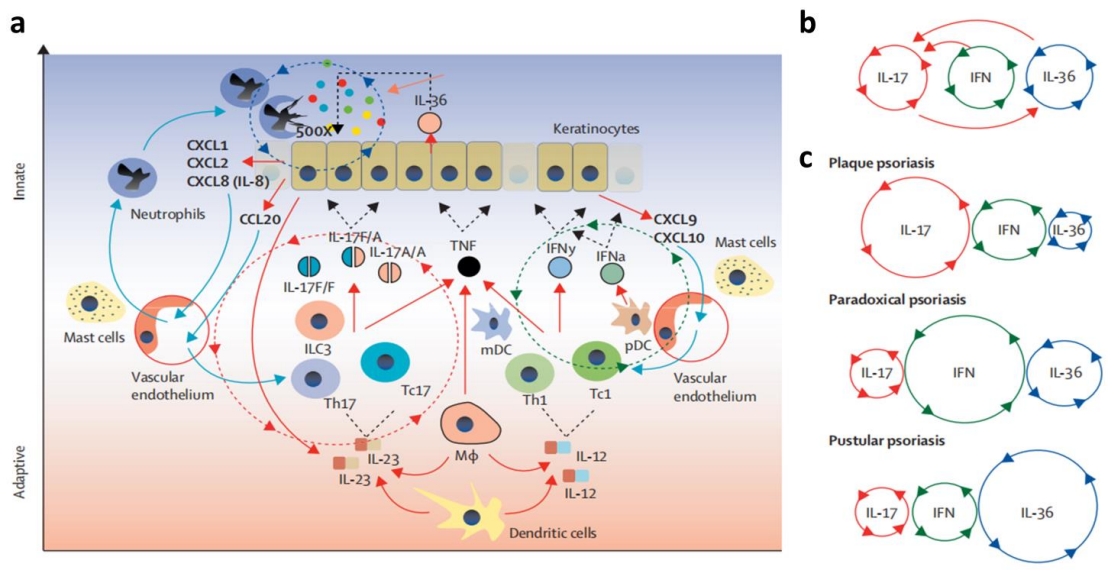
Asia Pacific Academy of Science Pte. Ltd. (APACSCI) specializes in international journal publishing. APACSCI adopts the open access publishing model and provides an important communication bridge for academic groups whose interest fields include engineering, technology, medicine, computer, mathematics, agriculture and forestry, and environment.

Issue release: 30 September 2025
This study investigates the effectiveness of coping strategies, computer sciences, and psychological interventions in managing depression and anxiety among leukemia patients. Given the high prevalence of psychological distress in this population, the research employed a combination of randomized controlled trials (RCTs), systematic literature reviews, and qualitative analyses through patient interviews and clinical observations. The experimental tests included interventions such as Cognitive Behavioral Therapy (CBT), mindfulness-based stress reduction programs, supportive psychotherapy, and structured coping strategy workshops. Results demonstrated a significant reduction in depression and anxiety symptoms among patients receiving these interventions compared to those under standard care. Improvements were observed in emotional regulation, coping skills, quality of life, and treatment adherence, with CBT and mindfulness interventions yielding the most pronounced effects. The study contributes to the growing body of evidence supporting the integration of psychological care into standard leukemia treatment protocols. It emphasizes the critical role of adaptive coping mechanisms and psychological support in enhancing both mental health and clinical outcomes, advocating for comprehensive, interdisciplinary approaches.
Issue release: 30 September 2025
Background: Breast cancer is one of the world’s most serious health issues, and early and correct detection is vital for increasing survival rates. Biological therapies, sometimes referred to as immunotherapies or targeted therapies, are used to treat breast cancer in order to control hormone pathways, target certain cancer cells, or strengthen the immune system. These therapies seek to reduce injury to healthy cells when compared to standard treatments such as chemotherapy, potentially leading to fewer side effects. Methods: This research described a novel deep learning-based Content-Based Medical Image Retrieval (CBMIR) method for detecting breast cancer using histological images. It begins with biological regulator BC images, which are input histopathological images of breast tissue. The major input is the BreakHis dataset, with bilateral filtering used as a preprocessing step to decrease noise while retaining important tissue properties. Feature extraction uses the Gray-Level Co-occurrence Matrix (GLCM) and Histogram of Oriented Gradients (HOG), which allow for the effective capture of both textural and spatial information. The Improved Chimp Optimization Algorithm (IChOA) and a cascaded Convolutional Neural Network-Long Short-Term Memory (CNN-LSTM) architecture are then coupled to create a hybrid classification model that enhances learning efficiency while also predicting temporal correlations in picture input. To overcome this issue, the proposed IChOA-CNN-LSTM framework employs CNNs for precise image feature extraction, LSTM networks for sequential data analysis, and an IChOA for effective feature fusion. Results: The suggested CBMIR system performed well in both picture classification and retrieval tasks. The system attained an amazing classification accuracy of 97.5%, demonstrating its ability to considerably minimize diagnostic mistakes and processing time in histopathology image analysis. Conclusion: The method connects with tailored biological therapy options, including HER2-targeted antibodies and small-molecule inhibitors, by allowing for more reliable early detection of key tumor features. Integrating CBMIR into diagnostic procedures could thus serve as an effective tool for identifying and optimizing tailored therapeutic interventions, thereby boosting precision oncology and patient outcomes.
Issue release: 30 September 2025
Background: Contrast enhanced T1- weighted (CE-T1W) magnetic resonance imaging (MRI) is the preferred imaging modality for assessing perianal fistulae (PAF), it provides accurate detection and characterization of PAF. The study aims to assess the use of diffusion weighted MRI (DWMRI) alone as an alternative approach to CE-T1W-MRI and the identify optimal b-values in the obtained DWMRI for assessing anatomy and pathophysiology of PAF. Methods: 37 perianal fistula (PAF) patients who are in preoperative procedures with an average age of 40 ± 11.5 years, were recruited in this study. All patients were imaged on a 3.0 Tesla MRI scanner using CE-T1W sequence and DWMRI for b values of 50, 400, 800 and 1600 s/mm2. The ratio of the mean region of interest (ROI) that is measured from 50% of the maximum for the lesion to a reference background in images of both approaches. Coefficient of variation was also applied in the assessment of the two approaches. The analyses were carried out using the Mann-Whitney U test. Results: ROI measurements were 203 ± 48 and 68 ± 24 in the ROI of the lesion, and 116 ± 20 and 31 ± 6 for the reference background ROI for CE-T1WMRI and DWMRI, respectively; the values were represented as mean ± STD. The lower b value (<100 s/mm2) of DWI reveals higher image resolution of the anatomical structures compared to higher b values; however, higher b values were better than lower b values in image contrast. The percentage of coefficient of variation was not statistically significantly different between CE-T1WMRI and DWMRI (p-value = 0.079). Conclusions: The findings show that DWMRI has statistically similar efficacy with respect to CE-T1WMRI in the diagnosis of PAF. Thus, this may suggest that DWMRI ought to be regularly included in typical MRI procedures for diagnosing PAF.
Issue release: 30 September 2025
Premature ovarian failure (POF) is a critical cause of female infertility, influencing not only reproduction but also life quality. Among the many treatments of POF, hormone replacement therapy is the most commonly adopted. However, it increases the risk of gynecologic tumour formation as well as the severity of cardiovascular and cerebrovascular disorders. Zishenyutai Pill (ZSYTP) is a traditional Chinese patent medication that has been widely used to treat infertility in China, while its underlying mechanism and therapeutic targets on POF remains unknown. To investigate this, we used 4-vinylcyclohexene diepoxide to build POF mouse model, and treated with ZSYTP. Ovaries were collected for histopathological observation, apoptosis assessment and RNA-seq analysis. Results showed that ZSYTP treatment not only decreased atretic follicles, but also increased primary and secondary follicles. In comparison to Model group, ZSYTP group had a significantly lower apoptotic index. Analysis based on differentially expressed genes (DEGs) between Normal and Model group revealed that the immunological response, cell-cell adhesion, and phagosome pathways were most closely associated with the development of POF, while the employment of ZSYTP could ameliorate them. RT-qPCR demonstrated that ZSYTP treatment downregulated the expression of H2-Ab1, H2-Eb1, and H2-Aa, which play multiple and vital roles in immune response. In conclusion, ZSYTP can alleviate ovarian damage of POF mice possibly by downregulating immune response, cell-cell adhesion, and phagocytic pathways.
Issue release: 30 September 2025
Foot homeostasis refers to a delicate and intertwined equilibrium of various body structures, including the neural and musculoskeletal elements. It reflects the ability to coordinate body movements, balance, and gait, using the functional feedback-operative foot-brain axis. Disturbances of this system cannot be underestimated in the childhood developmental phase, for they contribute to the child’s health status and health complications in adulthood. The foot dysfunction in children is an underrecognized area of homeostatic well-being. This article summarizes recent updates on foot homeostatic complications evolving from children’s metabolic disorders, exemplified by diabetes, lipid dysfunction, and obesity, all strongly on the rise in the contemporary world. The review advocates the broader use of pedobarography, a safe, noninvasive, and effective method of foot examination. Pedobarography, developed for adult use, is suitable for the pediatric population, offering a unique assessment of the musculoskeletal system based on plantar pressure distribution while standing or walking. It is poised to play a significant role in clinical practice. The foot-brain axis structural distortion may be an early sign of neuromuscular or neuropathic metabolic disorders, exemplified by diabetes or obesity, ailments on the rise in childhood. Thus, foot examination helps diagnose and manage children’s disorders, including treatment and rehabilitation follow-ups.

Medical Genetics, University of Torino Medical School, Italy

Department of Biomedical, Surgical and Dental Sciences, University of Milan, Italy


 Open Access
Open Access